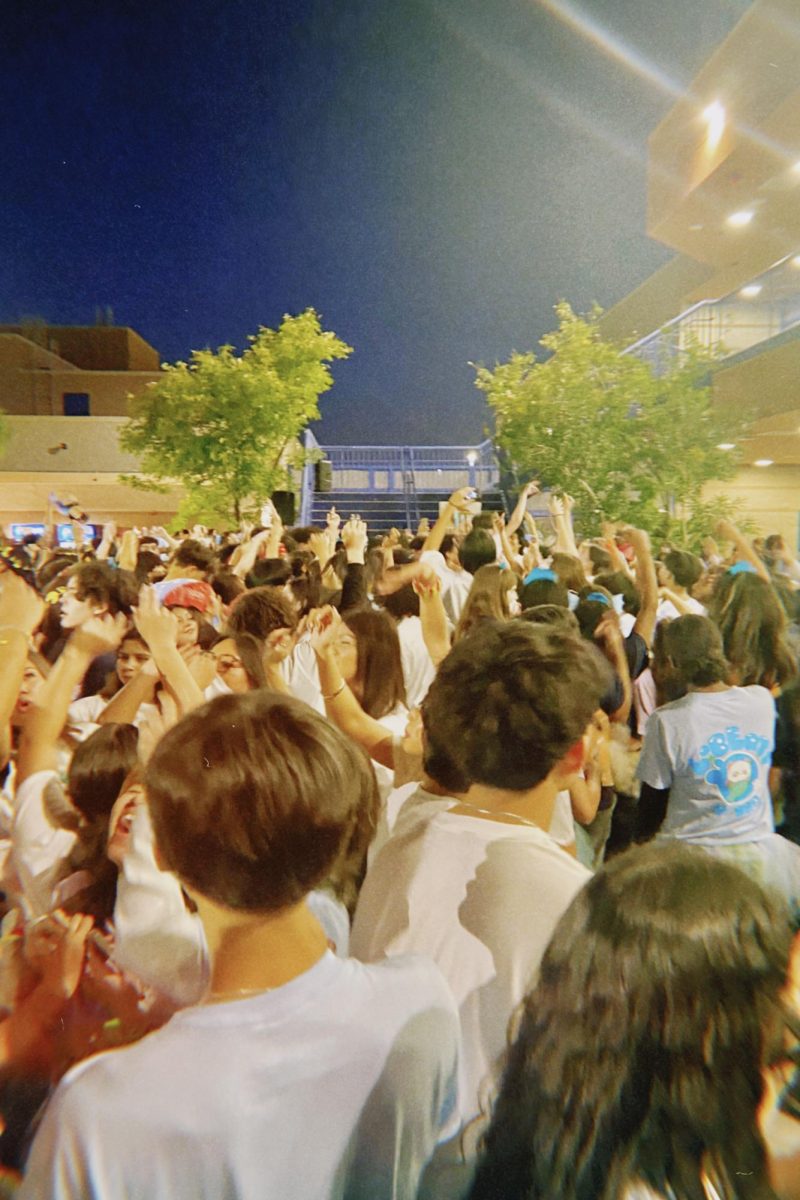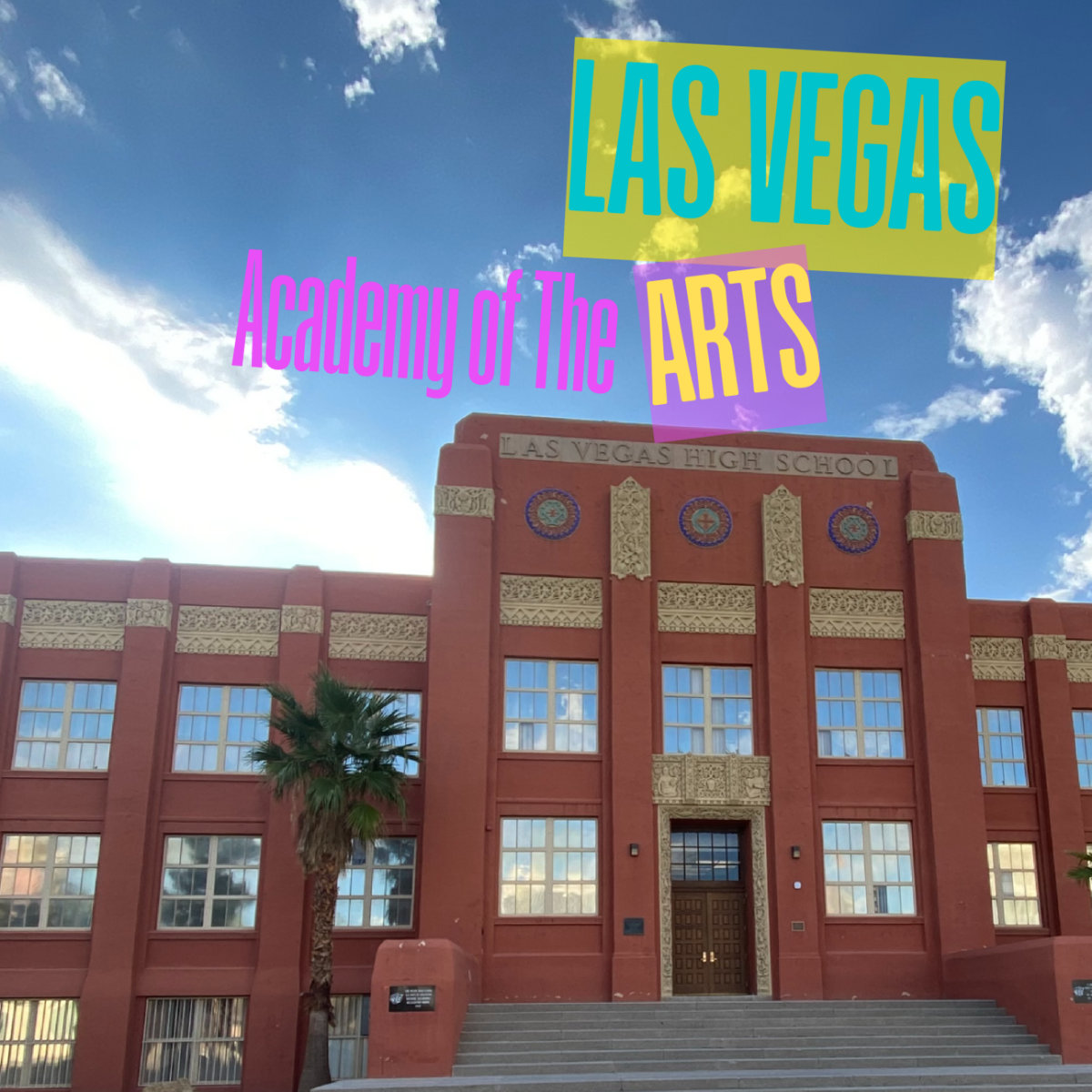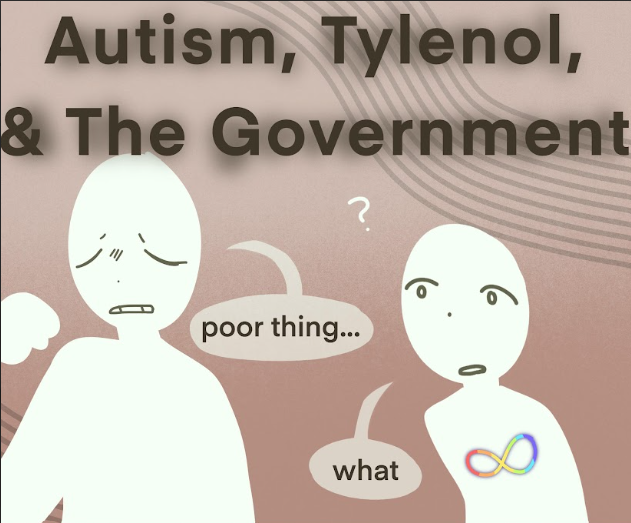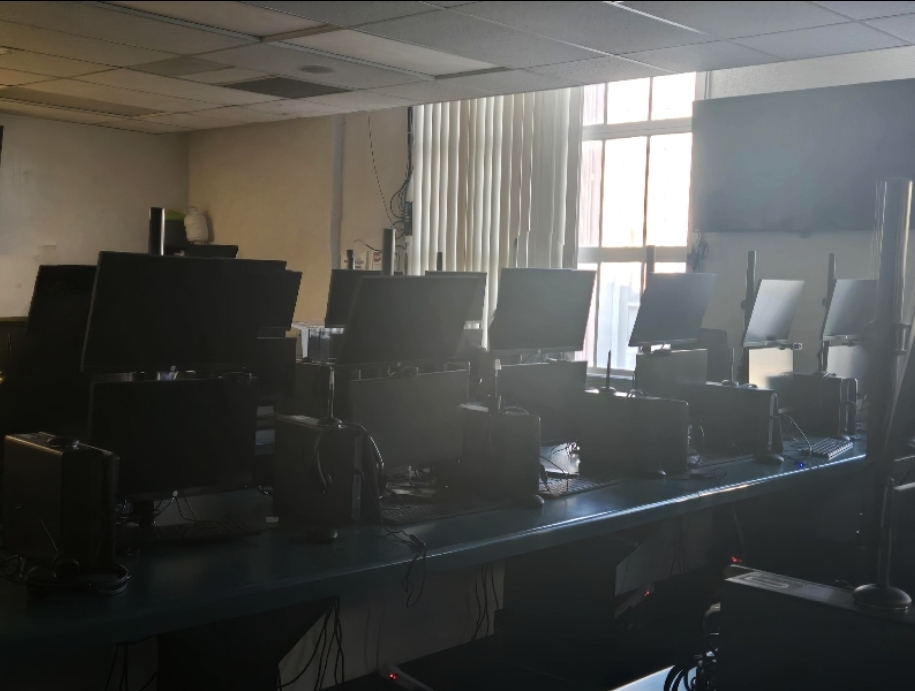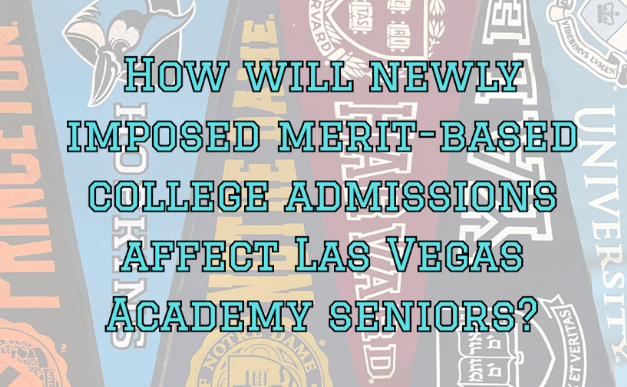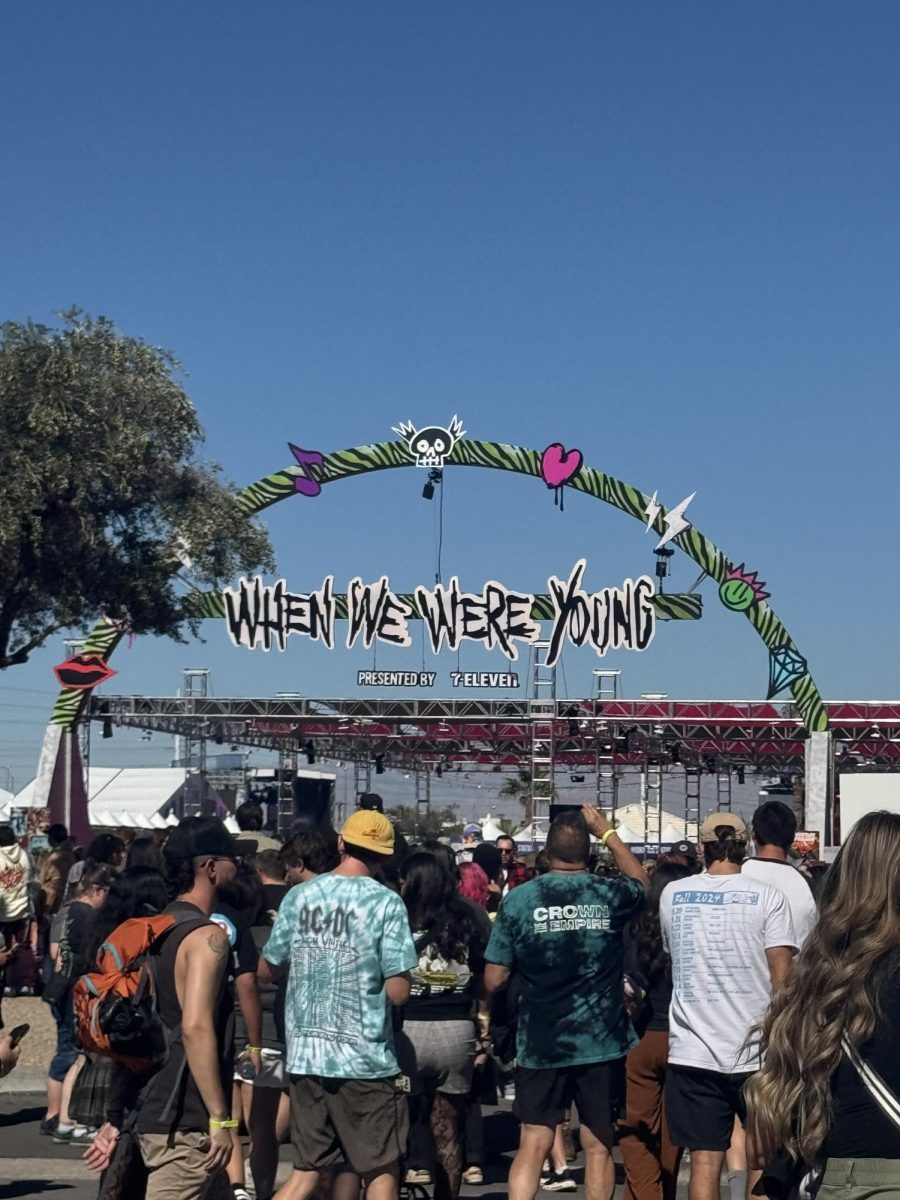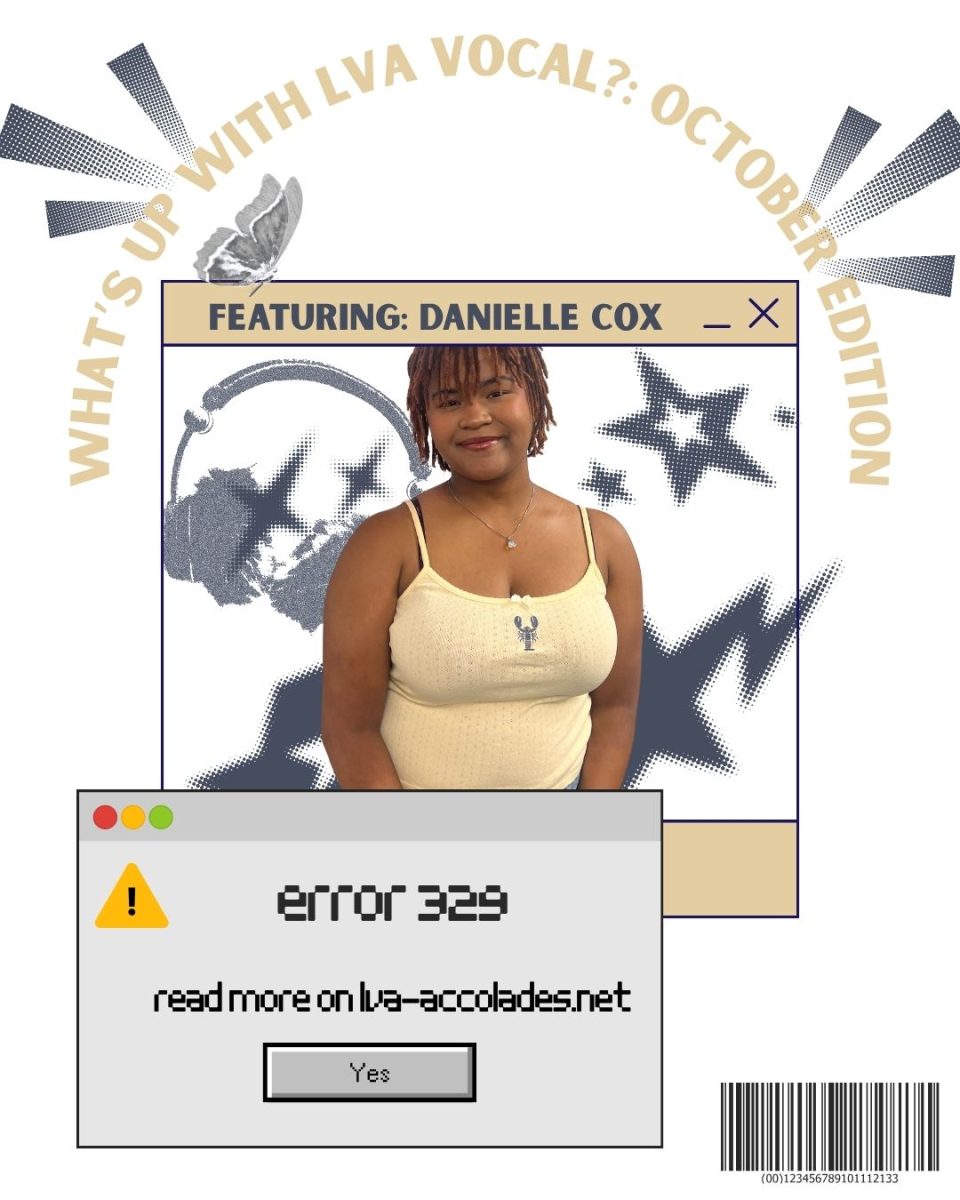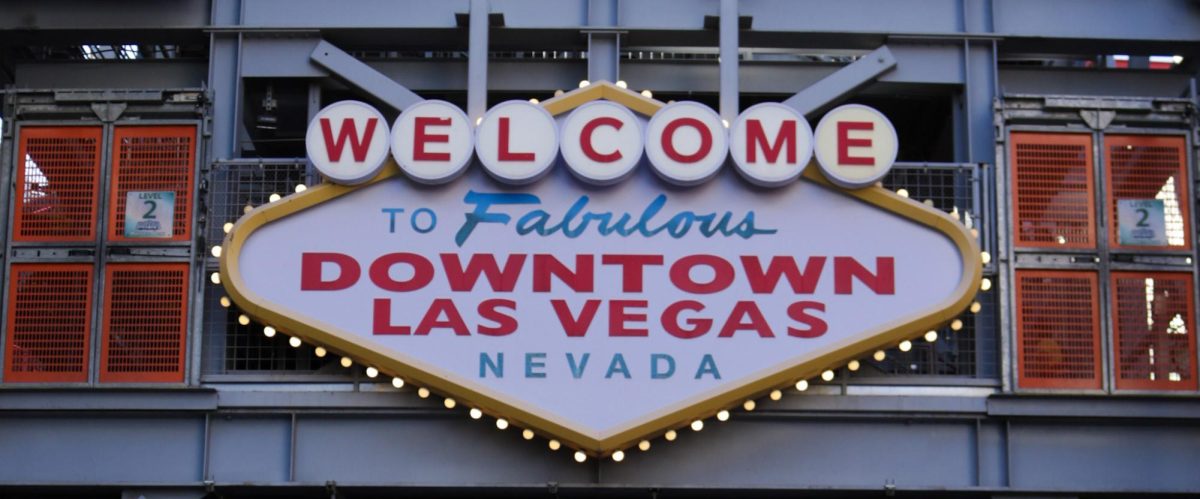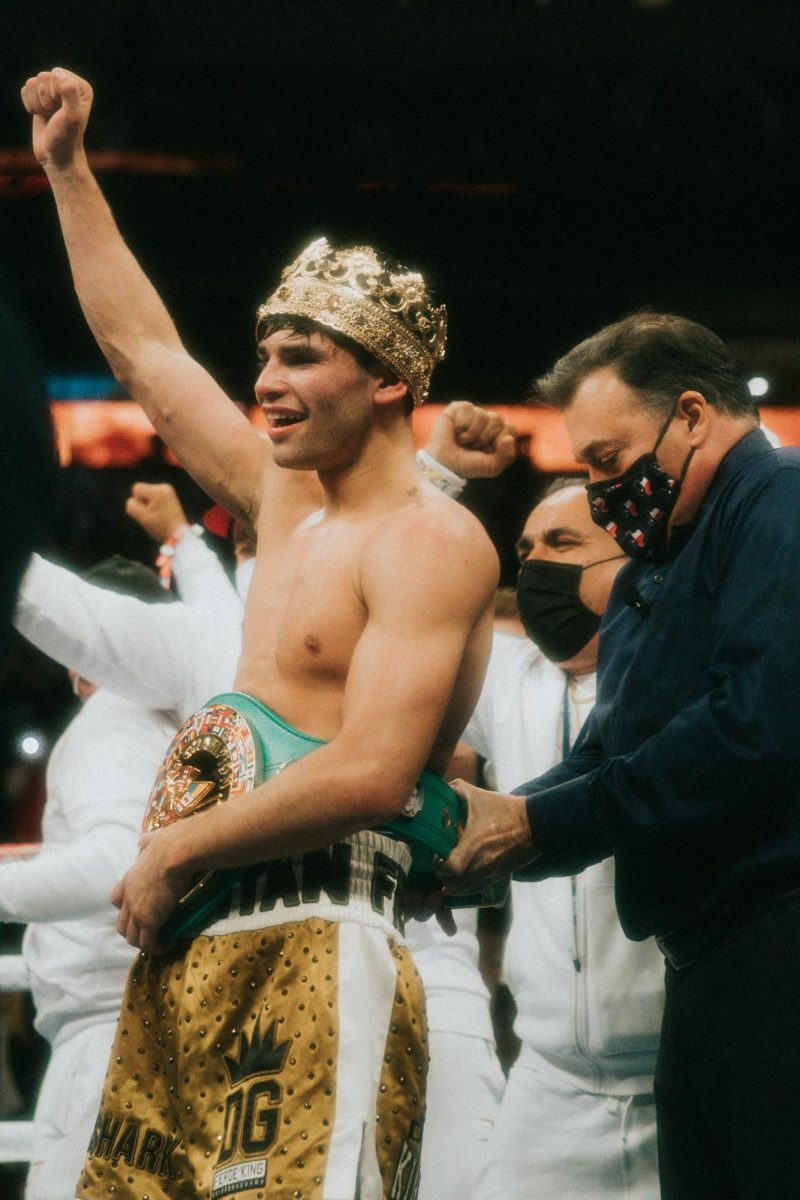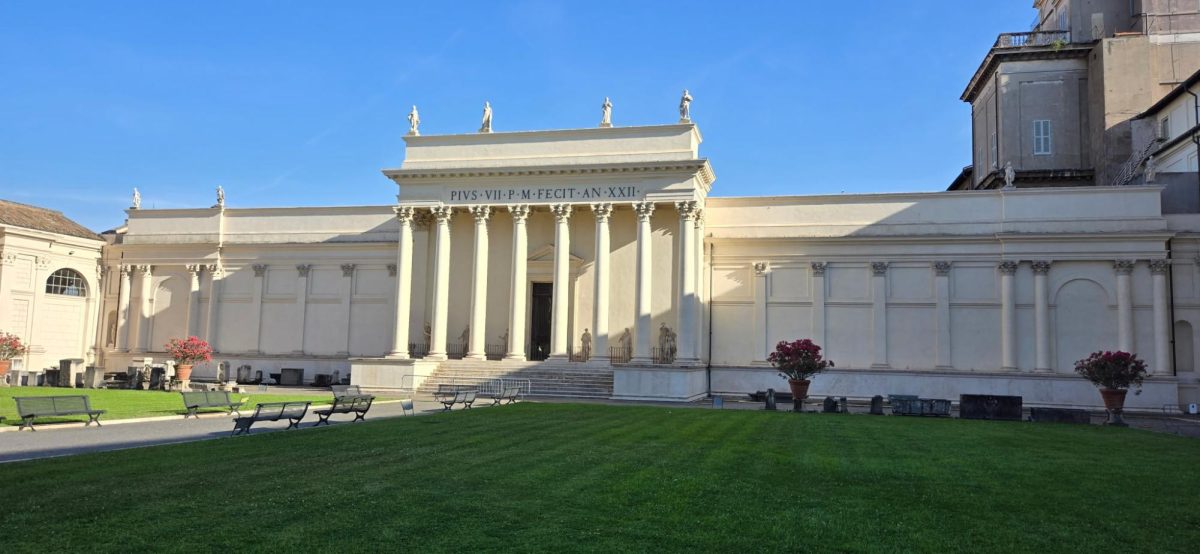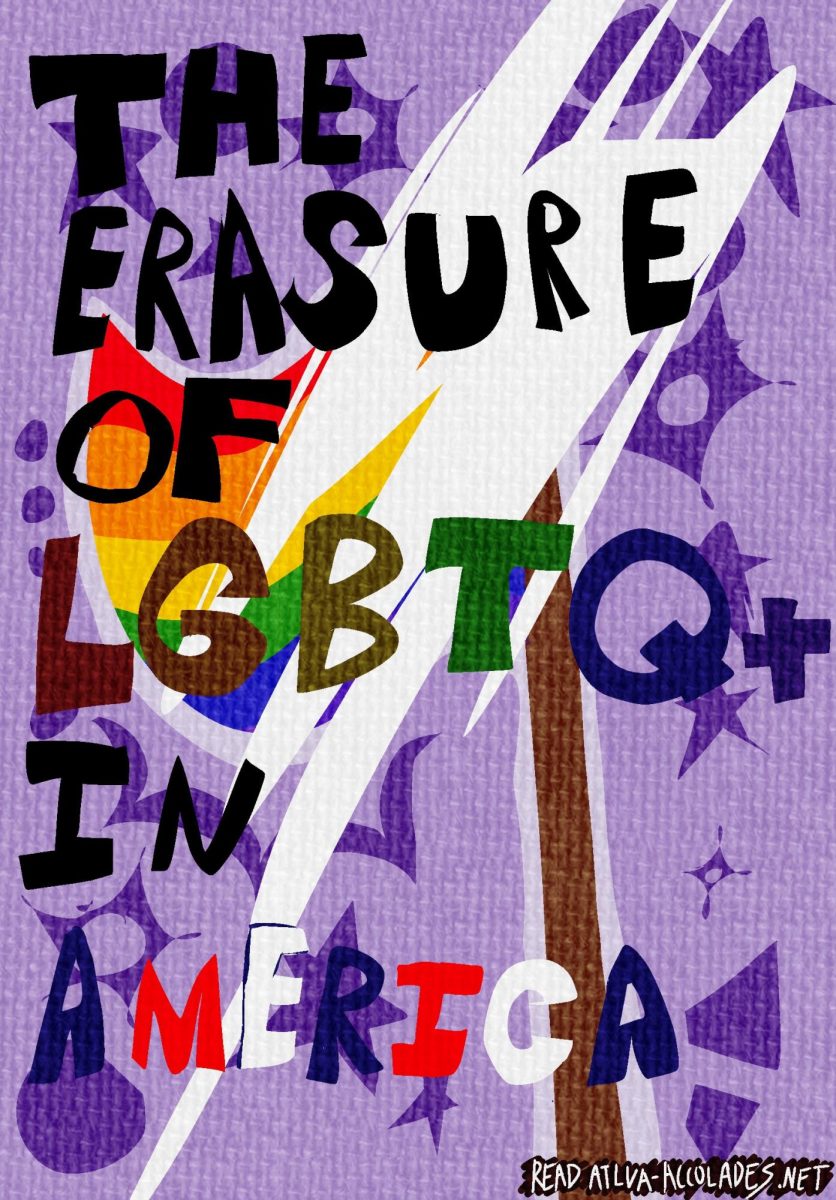Pope Leo
On May 8th 2025 Robert Francis Prevost was elected as the 267th leader of the Roman Catholic Church. Appearing on the balcony outside of St, Peter’s Basilica he opened his short speech with the words “Peace be with all of you,” and he announced his Papal name as Pope Leo XIV.
Born on September 14, 1955, in Chicago, Illinois, Pope Leo is the first US born Pope and holds dual citizenship in both the US and Peru. At age 69, he received this role with deep international ties, his father being of French and Italian descent and his mother being of Spanish descent.
He earned a Bachelor of Science in Mathematics, a Master of Divinity from the Catholic Theological Union, and doctorates in Canon Law. He also taught math and physics at many Catholic high schools before his ordination. He began missionary work in Peru, staying dedicated to his community despite facing threats of a bomb attack.
Selecting a pope
Since the 15th century the leader of the Roman Catholic Church has been elected at a private gathering in the Vatican* called a Conclave. This is where all of the Cardinals* under age 80 from around the world gather to cast votes to choose the new pope.
Technically any baptized male can be elected as pope, but for over 600 years they have all been chosen from the College of Cardinals by bishops and Vatican officials.
The voting process includes:
- An oath of absolute secrecy by the voting cardinals before being sealed into the Vatican
- Four voting rounds a day
- A required two thirds majority vote
- Secret ballots that are turned in after each round of voting to signal the results of the vote:
- Black smoke means no decision.
- Gray smoke means a new pope has been elected.
Once the pope is elected he is led to the “Room of Tears” where he first receives and wears the well known white papal vestments, before appearing to the public.
History of the conclave
The conclave as we know it has been around since the Middle Ages. The term conclave comes from the /latin words cum- (with) and clavis- (key). Representing the secluded area that the election is held.
The conclave was established by Pope Gregory X in 1274 after his own election lasted nearly three years, known to be the longest in history. In response, the people of Viterbiro* locked the cardinals in the palace until they came to a consensus. This was a pivotal moment that has shaped the process of the election.
This conclave system aimed to eliminate the influence of outside powers, due to frequent attempts to interfere by holy roman emperors, kings, and noble families. Over time the conclave rules have been refined to:
- Shorted time between the death or resignation of the pope, and the election of the new pope
- A standardized and professional voting process
- Procedures to prevent interference from outside groups and other political issues.
Throughout history this procedure for the conclave has turned out to work out well, with the help of some necessary reforms that helped to shape the elections into what they are today
Notable reforms
- 1057: In Nomine Domini (In the name of the lord)
- Introduced by Pope Nicholas II, clarified that only cardinals could elect the Roman Pontiff*
- 1179: Licet Der Vitanda
- Introduced by Pope Alexander III, creating the two thirds voting rule.
- 1621: Pope Gregory XV
- Introduced secretive written ballets.
- 1904: Pius X
- Introduced the secrecy of everything that happens in the conclave, even after its over.
- 1945: Vacantis Apostolicae sedis
- Pope Pius XII introduced that the moment the Holy See* is vacant that all cardinals, the Secretary of State*, and the Congressional Prefects*, must stop all duties and report for the conclave. This rule is excluding the Camerlengo*, the Penitentiary*, and the Vicar of Rome*.
- 1970: Ingravescentem Aetatem
- Pope St Paul VI Introduced the age limit saying that only cardinals under the age of 80 could vote in the conclave.
The symbolic act of a new pope selecting his name represents the new role and his spiritual rebirth as the leader of the Roman Catholic Church. This tradition began in the 6th century after Pope John II changed his name to avoid taking a name that was similar to a Roman pagan god.
Since then it has become custom for the pope to choose a name to signal how he is not only himself but he also represents the name of the Church and the name of Christ. A name chosen by the pope will follow a few guidelines:
- The name of a previous pope that is admired (ex. John Paul I and II)
- The name of a saint that has inspired the Pope (ex. Pope Francis after St. Francis of Assisi)
- A name that follows a message or theme that the pope wants to emphasize (ex. Reform, peace, continuity.)
As the church continues to evolve in the modern world, the spiritual and historical foundations guide each election and transition of papal leadership. With his focus of peace, inclusivity and reform, Pope Leo XIV begins his papacy marking a historic moment for the catholic church.
Glossary of terms
Vatican – Vatican City is a City State that is surrounded by Rome, Italy. Hope to the Pope and the headquarters of the Roman Catholic Church
Cardinals – A Senior member of the Clergy (The body of all people ordained for religious duties) they are above a bishop but below the pope.
Viterbiro- A city in Italy, the first location where the conclave was held.
Pontiff– Another way to refer to the pope
The Holy See – The diplomatic and government authority of the Roman Catholic Church, headed by the pope.
The secretary of state – The popes primary assistant helping to look over the church, handels external affairs and the relationships between the vatican and other states and international organizations
Congressional Prefects – Deals with the governance and ministry of the church, the term is more formally known as the Prefects of the the Discasteries of the Roman Curia
Camerlengo – Takes charge of the finances of the Vatican in the time in between Popes.
Penitentiary – The court of justice that deals with the confessions of serious or unusual sins.
Vicar of Rome – Appointed by the bishop, and helps to administer the spiritual matters of the Diocese of Rome.

